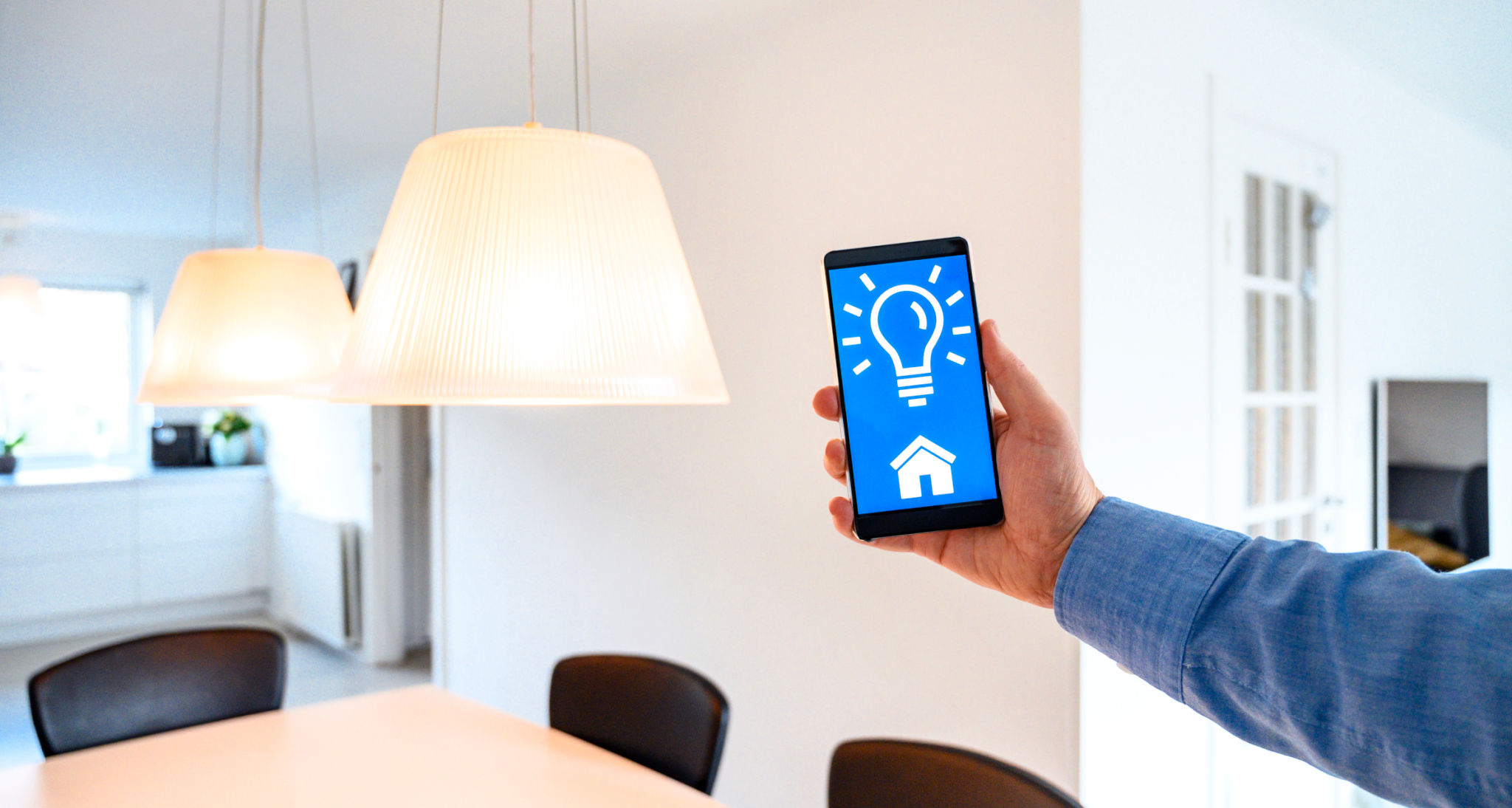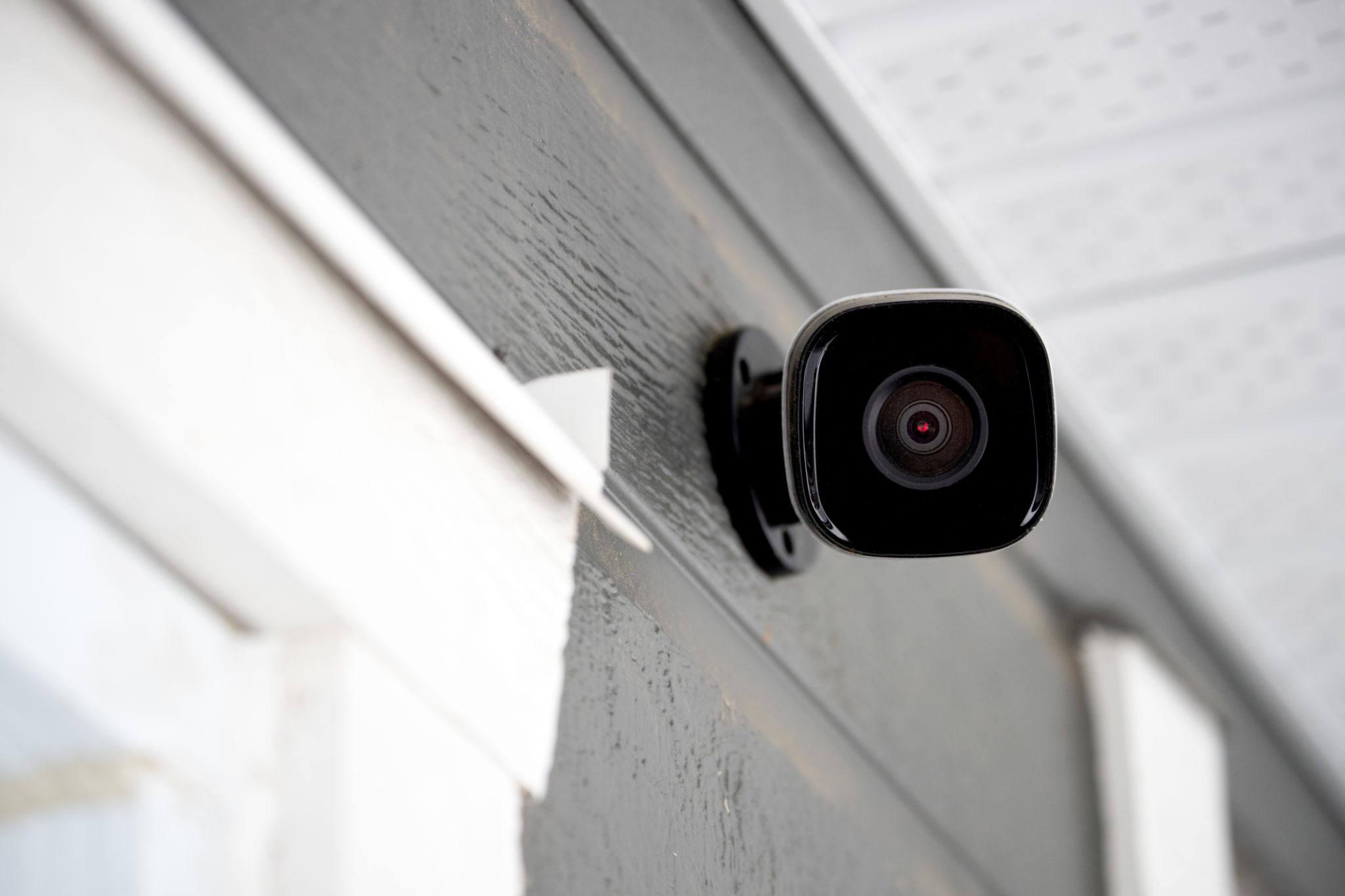Case Study: Transforming a Bowie Home with Smart Technology
AD
Introduction to Smart Home Technology
In today's fast-paced world, integrating smart technology into homes has become increasingly popular. Smart homes offer not only convenience but also enhanced security and energy efficiency. This case study explores the transformation of a traditional Bowie home into a cutting-edge smart home, showcasing the benefits and challenges encountered during the process.

Initial Assessment and Planning
Before beginning the transformation, a comprehensive assessment of the existing infrastructure was conducted. The homeowner's primary goals were to improve energy management, enhance security, and integrate seamless automation for daily tasks. Based on these objectives, an extensive plan was developed, highlighting the key areas for smart technology integration.
Some of the technologies considered included:
- Smart lighting systems
- Automated climate control
- Advanced security cameras and alarms
Implementing Smart Solutions
The implementation phase began with upgrading the home's lighting system. Smart LED bulbs were installed throughout the house, allowing for remote control and scheduling via a mobile app. This not only improved convenience but also contributed to energy savings by ensuring lights were only on when needed.
Next, a smart thermostat was integrated to optimize climate control. With features like learning algorithms and geofencing, the thermostat adjusts temperatures based on the homeowner's habits and presence, providing comfort while minimizing energy wastage.

Enhancing Home Security
Security was a top priority for the homeowner. The installation of high-definition security cameras and smart locks significantly enhanced the safety of the property. With real-time alerts and remote access, the homeowner could monitor their home from anywhere in the world.
Additionally, a smart doorbell with video capabilities was added, allowing for seamless communication with visitors even when no one was physically present at home. This provided peace of mind and an added layer of security.
Overcoming Challenges
While the transformation process was largely successful, several challenges were encountered. Integration of different devices from various manufacturers required careful planning to ensure compatibility and smooth operation. It was crucial to choose devices that supported common platforms like Google Assistant or Amazon Alexa for unified control.

Another challenge was ensuring robust network connectivity throughout the home. To address this, a mesh Wi-Fi system was installed, providing reliable coverage and supporting multiple devices without lag or interruption.
The Impact of Smart Technology
The transformation of this Bowie home into a smart home has led to numerous benefits. The homeowner now enjoys increased convenience, reduced energy bills, and enhanced security. The ability to control and monitor various systems remotely has significantly improved the quality of life for the residents.
Overall, this case study demonstrates how smart technology can transform traditional homes into modern, efficient living spaces. As technology continues to evolve, more homeowners will likely embrace smart solutions to enhance their living environments.